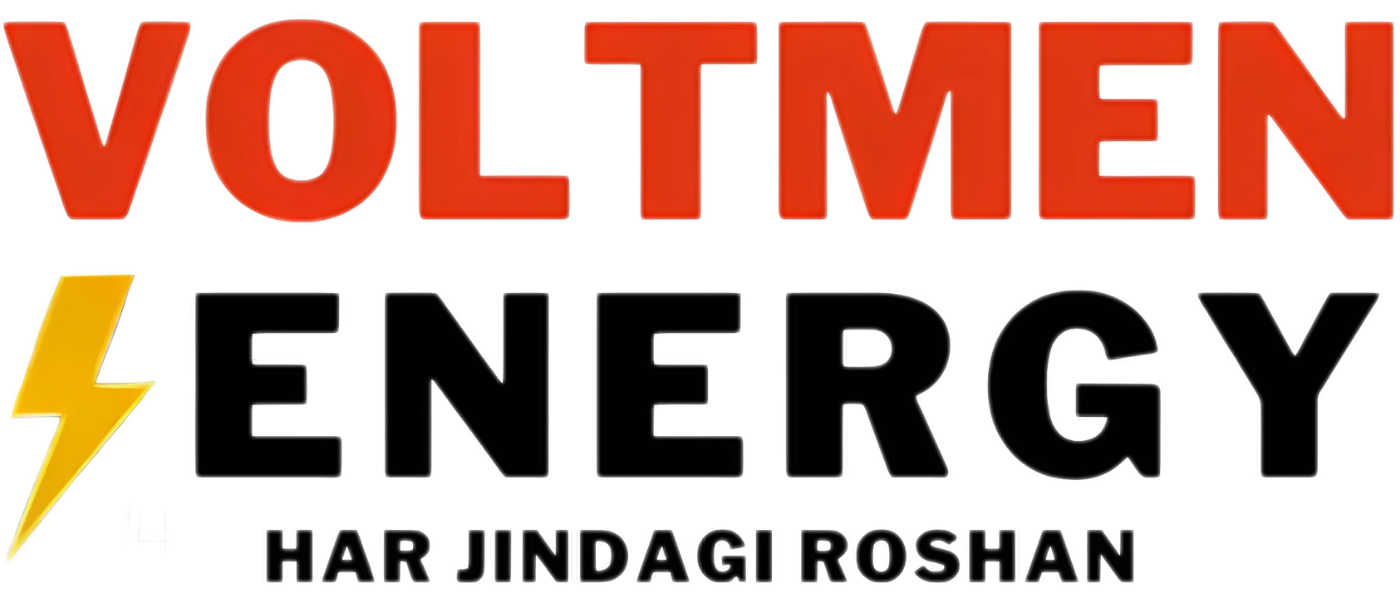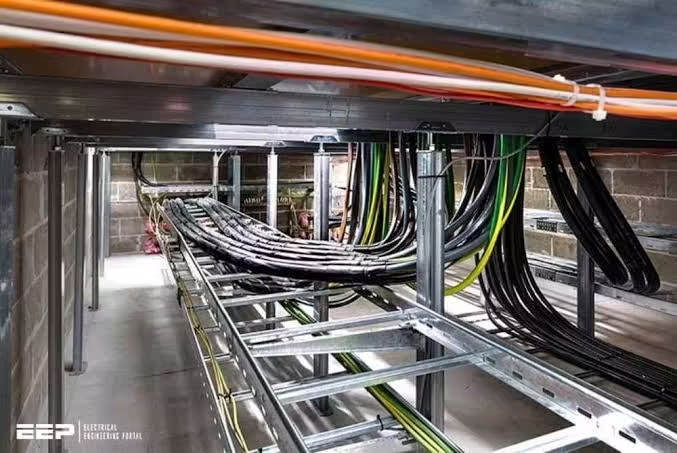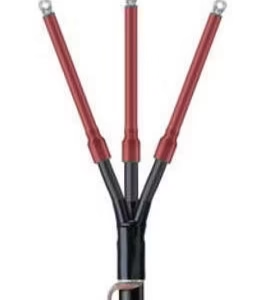Description
The Basics of Industrial Internal Wiring
Industrial internal wiring refers to the electrical systems that are installed within manufacturing plants, warehouses, and other industrial facilities. This type of wiring is designed to distribute electricity effectively to various machines, equipment, and lighting systems. Proper internal wiring is essential for ensuring safety, efficiency, and reliability in industrial operations. Key components of industrial wiring include conduits, junction boxes, circuit breakers, and various types of cables, each serving distinct functions.
The most common types of wiring systems used in industrial settings include conduit wiring, cable trays, and armored cables. Conduit wiring involves encasing electrical wires in protective tubes, which safeguards them from environmental hazards. Cable trays provide support for insulated electrical cables, allowing for organized routing and easy maintenance. Armored cables, often used in tough environments, feature a protective layer that prevents damage from impacts or abrasion. Together, these systems contribute to a robust internal wiring infrastructure.
Another crucial aspect of industrial internal wiring is adherence to electrical codes and standards, which are vital for both safety and legal compliance. These guidelines ensure that installations are carried out with proper techniques and materials, minimizing risks such as electrical fires or equipment failures. Additionally, regular inspections and maintenance are recommended to identify potential issues before they escalate. Implementing best practices for installation and maintenance not only enhances safety but also optimizes operational efficiency, reducing downtime and extending the lifespan of electrical systems.
In conclusion, understanding the fundamental concepts of industrial internal wiring is paramount for anyone involved in the design, installation, or maintenance of electrical systems in industrial contexts. By grasping the importance of various components and adhering to established standards, stakeholders can ensure a safe and efficient working environment that supports overall productivity.
Common Challenges and Solutions in Industrial Wiring
Industrial internal wiring often faces a host of challenges that can impact both its functionality and longevity. One of the primary issues encountered is the harsh environment in which wiring systems operate. Factors such as extreme temperatures, humidity, dust, and exposure to chemicals can lead to premature failure of wiring systems. To combat these challenges, utilizing high-quality materials designed for harsh conditions is essential. Insulation types, such as thermoplastic or thermoset materials, can enhance the reliability of wiring, safeguarding it against environmental threats.
Ensuring compliance with safety regulations represents another significant challenge within industrial wiring. Compliance with standards like the National Electrical Code (NEC) or the International Electrotechnical Commission (IEC) is crucial for preventing accidents and ensuring operational safety. Conducting regular audits and training personnel on compliance can be effective in addressing these concerns. Moreover, incorporating smart technology—such as monitoring systems that provide real-time data—can significantly enhance safety measures while ensuring adherence to regulations.
Accessibility and space constraints also pose challenges in many industrial settings. Often, wiring is installed in tight or difficult-to-reach areas, complicating maintenance and repairs. Innovative wiring techniques, such as modular wiring systems, can help alleviate these accessibility issues. These systems can simplify the installation and removal processes, thus improving maintenance efficiency. Additionally, employing advanced technologies such as remote monitoring can preemptively identify issues, reducing the need for physical inspections and thereby saving time and resources.
In conclusion, addressing the common challenges associated with industrial internal wiring requires a multifaceted approach. By focusing on using appropriate materials, ensuring regulatory compliance, and adopting innovative techniques, industries can enhance the durability and efficiency of their wiring systems. Regular maintenance practices will further contribute to the longevity, reliability, and overall safety of industrial wiring installations.






Nicholas (verified owner) –
Very fast delivery.
Ryder (verified owner) –
Very fast delivery.
Charles (verified owner) –
Very well worth the money.
Henry (verified owner) –
Good quality.
Riley (verified owner) –
Good service.
Charles (verified owner) –
Very well worth the money.
Julian (verified owner) –
The product is firmly packed.
Ryan (verified owner) –
Very fast delivery.